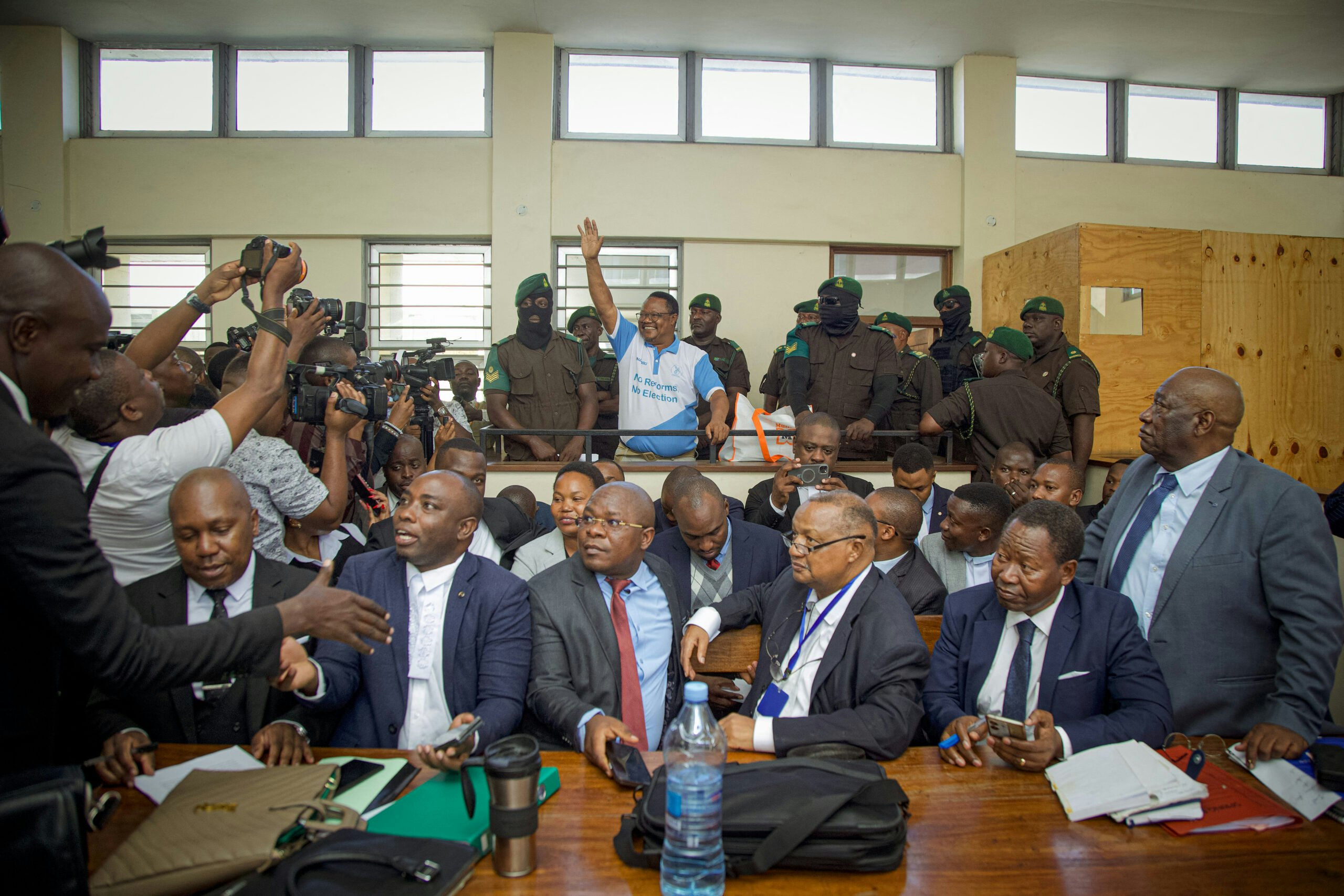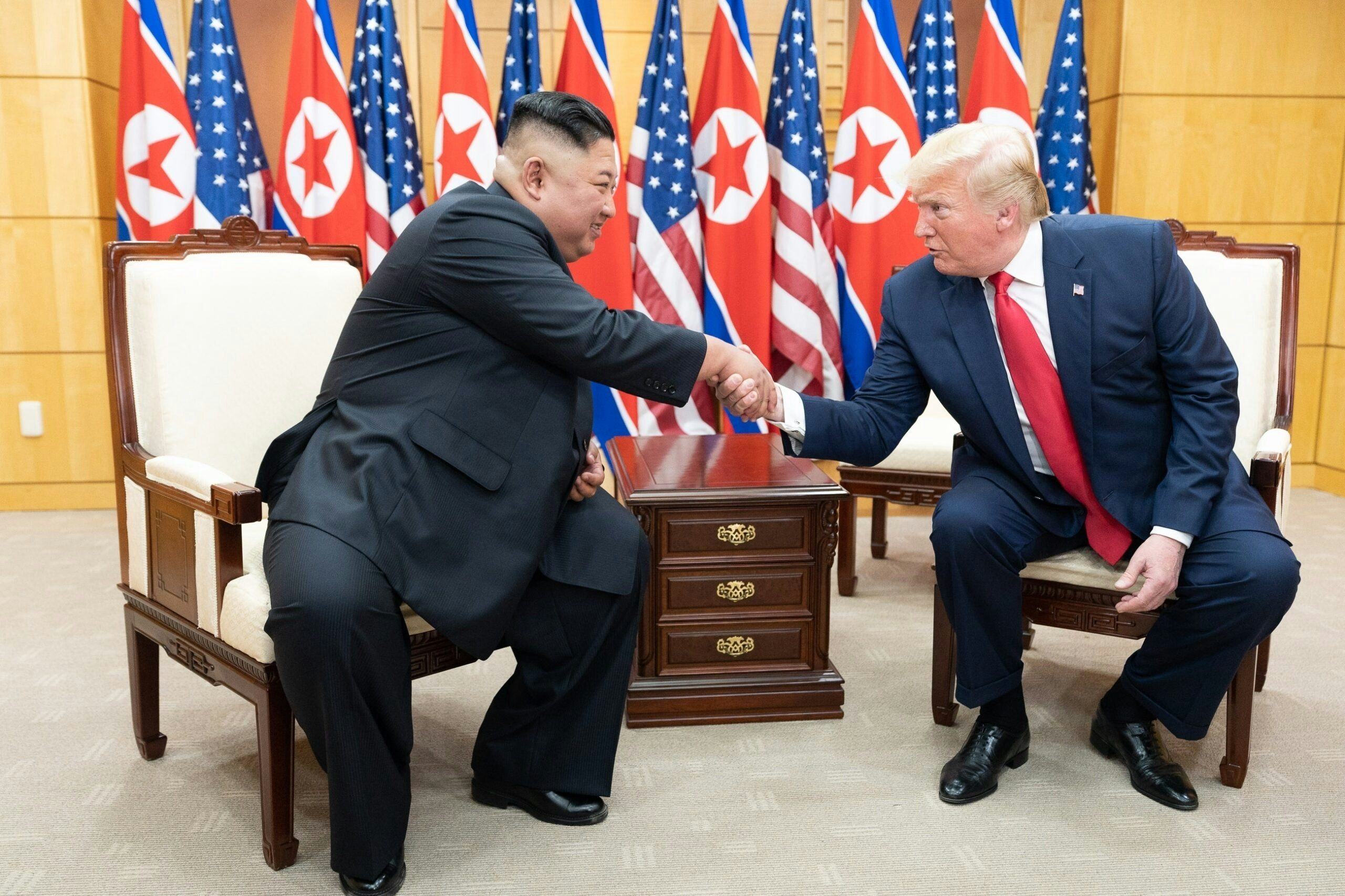Cuban rapper Maykel Castillo Perez's uncompromising work unites Cubans and exposes the myths of the 1959 revolution and its more than six decades of repression.
From the beginning of Cuban communist rule, Fidel Castro coopted artists and performers to promote the regime. They faced a choice: make approved art and remain (relatively) free and comfortable or face the consequences of being “outside the revolution.”
In recent years, the regime has faced a challenge from independent artists who reject this bargain, like the rapper Maykel Castillo Perez. His uncompromising work unites Cubans and exposes the myths of the 1959 revolution and its more than six decades of repression.
Castillo, who performs as Maykel Osorbo, is a co-author of “Patria y Vida,” or “Homeland and Life,” the anthem of unprecedented islandwide protests of July 2021. He is also a leader of the San Isidro Movement, an artists’ and writers’ collective formed in his predominantly Black and poor Havana neighborhood to oppose new, harsher censorship by the regime. In June 2022, he was sentenced to nine years in prison for alleged crimes including “defamation of state institutions.” Castillo’s real offense, and what the Cuban government fears, according to his fellow rapper El Funky, is his “power to summon” other Cubans in seeking freedom.
Cuba’s repression has perverse consequences: Last year a record number of Cubans arrived in the United States, fleeing the desperate economic and political conditions created by the communist rule since 1959. At the same time, the number of political prisoners has skyrocketed, even as the regime forces some artists, writers, and activists to leave the country.
Castillo wants to leave Cuba for medical treatment. The United States and its democratic allies should press for Castillo to be freed unconditionally and permitted to seek medical treatment abroad.
`Music made by the humblest sectors of society’
Cuba’s rappers are among the most persecuted artists in the world according to the nongovernmental organization Freemuse. It’s not surprising that the regime finds their work intolerable. “Diazcarao,” which Castillo co-wrote with El Funky, is a merciless takedown of Miguel Diaz-Canel, Cuba’s first post-Castro ruler. The title, which means “shameless,” is a play on Diaz-Canel’s name. “You’re a puppet with a tie,” they sing, “a cheap copy of Fidel,” a “shoddy communist.”
Translating the lyrics gave a Cuban American friend “goosebumps,” she told me. “It takes serious courage to write this while still inside.”
Many rappers are Black, a segment of the population whose circumstances the regime purports to have improved but who often face dismissal as troublemakers from “down-and-out barrios,” which activists say is code for Black. In 2015, Castillo was jailed for one year on the charge of “dangerousness that is likely leading to a crime.” Official documents shared by a former Cuban judge revealed approximately 4,000 Cubans jailed every year on this charge, which is often used against young Black men. Regime officials similarly dismissed Black Cubans who played a prominent role in the July 2021 demonstrations.
San Isidro Movement against Decree 349
After Diaz-Canel took power in 2018, the regime gazetted Decree 349, which requires the government’s prior approval for artistic expression, even in private spaces, and proscribes language it deems unpatriotic, sexist, vulgar, or obscene. The measure disproportionately affects rap and other artists who rely on informal private venues and lack official permits to work.
Castillo and others formed the San Isidro Movement to resist the decree. A few months after it became official in December 2018, Castillo was arrested and sentenced to 18 months in prison for staging a concert against it.
“I’ve become a threat to the totalitarian system,” he told Freemuse after his release. “I denounce the realities that happen to me, so they think that’s offensive. What bothers them the most is that I don’t depend on any agency or any Cuban political party to make my art.”
Tensions between artists and the regime continued to build. In November, Castillo and other San Isidro Movement members livestreamed a hunger and thirst strike in response to the arrest of a fellow rapper. Under the pretext of enforcing COVID-19 restrictions, regime agents wearing medical gowns broke down the door. Hundreds of protesters gathered the next day outside the Ministry of Culture, forcing the minister to meet with them. Persecution of Castillo intensified. Over three years leading up to his arrest in May 2021, he was subject to more than 120 assaults, detentions and other abuses, according to the human rights group Prisoners Defenders.
Anthem of the July 2021 protests
By early 2021, exiled Miami-based musicians were ready to release “Patria y Vida,” but they wanted to include the voices of Cubans still on the island. Castillo clandestinely recorded tracks with El Funky and the visual artist Luis Manuel Otero Alcantara and shared them over WhatsApp.
No more lies,
My people call for freedom
No more doctrines, we no longer shout homeland or death,
homeland and life instead. [Emphasis added.]
The song ends with the image of 1959, the year of the Communist takeover, and the year 2022, a year they hoped would bring change, as a deadlocked game of dominos. It also serves as a barb leveled at the older generation of leaders and their failures over six decades.
Enough of your evil revolution . . .
You all are useless, you have nothing left, you’re in decline …
You’re five nine, me, double twos
Sixty years of stalemate domino.
Homeland and life.
The slogan patria y vida has always been an underground rebuke to the regime, Carlos Eire, a Cuban American and professor of history and religion at Yale University told me. Castro’s slogan, patria y muerte, homeland or death, “rubs them the wrong way.”
“The chief sin” of Castillo and his recording comrades, Eire says, is changing Castro’s language and making it .
The video of “Patria y Vida,” released in February 2021, immediately went viral. Its lyrics were painted as graffiti on walls all over the island. When protests broke out on July 11, 2021, the song pulsed through them, while participants denounced the dictatorship, its failures and abuses.
“Everyone in the photos looked no older than 25 or 30,” Eire told me. “They are the great-grandchildren of the so-called ‘revolution.’ And they feel they are boxed in, trapped in a cage with no hope for their future.”
The regime reacted quickly.
“The order to fight has been given,” Diaz-Canel said in a televised address. “We call on all the revolutionaries of the country, all the Communists, to go out in the streets.”
The internet was blocked. Large scale arrests continued for months, with many others forced into exile.
Luis Manuel Otero is among them. He was sentenced to five years in jail on the same day as Castillo, after being arrested on his way to the July 11, 2021, protests. El Funky, whose legal name is Eliecer Marquez Duany, left Cuba in November 2021. Last month, the regime imposed a new, harsher criminal code that intensifies repression of free expression and criminalizes receipt of foreign funding to independent journalists and activists.
American policy and a watershed moment for Cuba
Many see the protests of July 2021 as a turning point for Cuba. Certainly, they revealed intense and widespread dissatisfaction, including among younger and Black Cubans. The San Isidro Movement and other artists groups, such as 27N, named after the 27 November date of the Culture Ministry protest, have changed perceptions among some regime sympathizers abroad.
“Many people keep thinking Cuba is left wing,” rather than a dictatorship, Abraham Jimenez Enoa, an exiled member of the San Isidro Movement told the filmmaker Parjanya Christian Holtz. “Many people keep embracing the romanticism of 1959 … [but] the arrival of the internet … has exported the reality of the island.”
Citizens are clear that the main problem is inside the country. As a result, the Cuban regime is less effective at blaming U.S. imperialism and the embargo for its failures.
Biden Administration officials should speak just as forthrightly about the nature of the Cuban regime and its Marxist-Leninist ideology at the highest. The State Department has named Castillo as one of 18 political prisoners around the world it seeks to free through the public diplomacy campaign, #WithoutJustCause, launched in January 2023. The State Department also named the human rights defender, Jose Daniel Ferrer, who was arrested while trying to join the July 11, 2021, protests.
The administration should add specific goals for systemic change and concrete concessions to the political prisoners initiative. In Cuba, this should include the repeal of Decree 349 and laws criminalizing free speech. The administration shouldn’t relax economic pressure on the regime, which along with the establishment of diplomatic relations, has been followed by more, not less, repression.
By the time of the July 2021 protests, Castillo had been in jail for two months. Even in prison, the regime finds ways to punish him further. After “Patria y Vida” won two Latin Grammys in November 2021, communication with his family was shut down for months. Recently, authorities installed a surveillance camera inside his cell.
It would be particularly powerful if President Biden met with exiled Cuban artists and writers, and the families of Cuban political prisoners in the Oval Office. The White House should also host exhibitions and performances of Cuban protest art and music. “Patria y Vida,” performed by exiles at the White House? Why not? It would signal to the Cuban people that their message – life not death, freedom not tyranny – has been heard.































